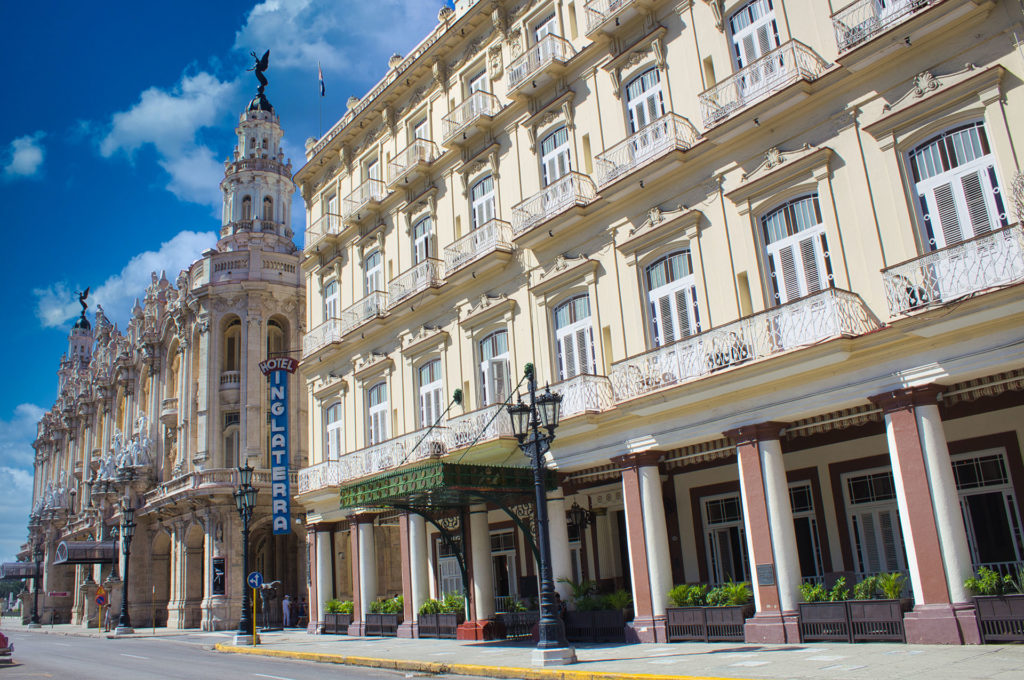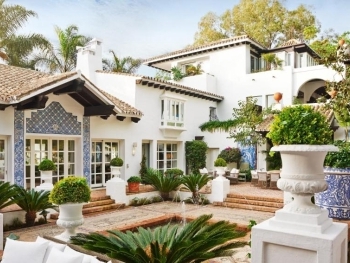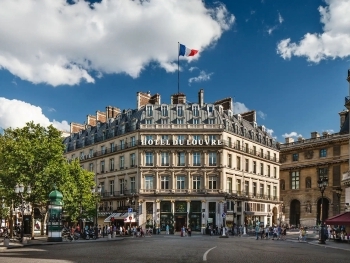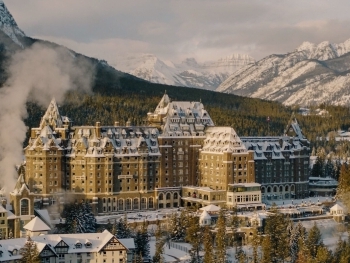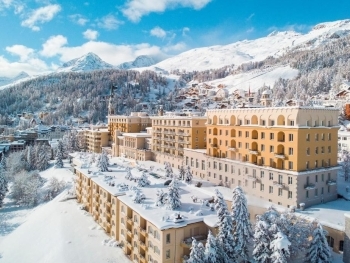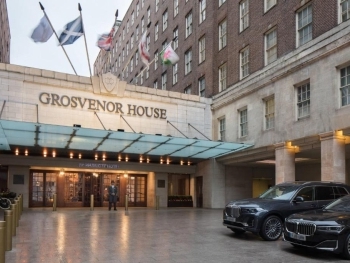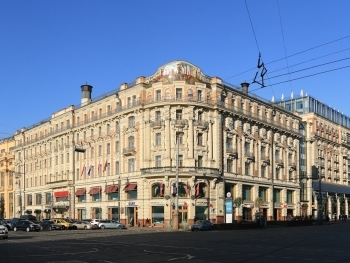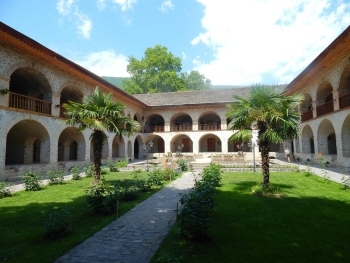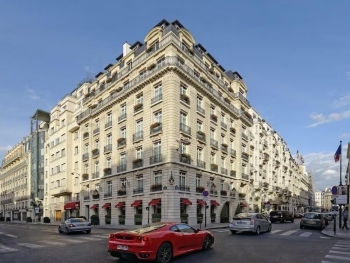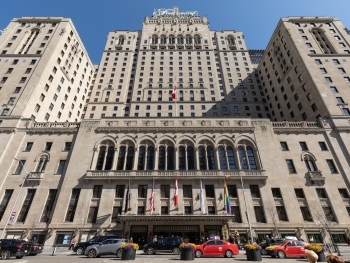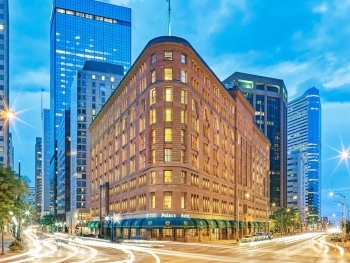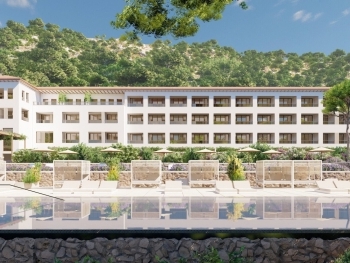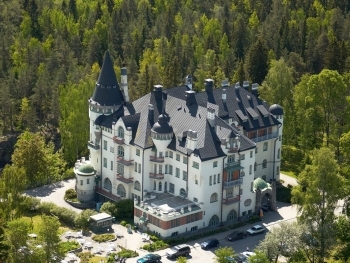Hotel Inglaterra, located in the heart of Havana, Cuba, stands as a testament to the rich history and vibrant culture of this Caribbean nation. Established in the 19th century, the hotel has been a witness to significant historical events, a host to numerous notable figures, and a symbol of architectural splendor. This article delves into the history, architecture, cultural significance, and current status of Hotel Inglaterra, offering a comprehensive look at one of Cuba's most iconic establishments.
Historical Background
Hotel Inglaterra's story begins in the mid-19th century. The hotel's location, on the corner of Paseo del Prado and San Rafael, was strategic, providing easy access to many of Havana's key attractions. The hotel opened its doors on December 23, 1875, and quickly became a hub for travelers and influential personalities from around the world.
Early Years
The land on which Hotel Inglaterra stands was initially home to El Louvre, a popular café known for being a gathering spot for intellectuals and artists. The hotel's construction marked a significant shift in the area's ambiance, bringing a touch of European elegance to Havana. It was named "Inglaterra" (England) as a nod to the British influence that was pervasive at the time.
Political and Social Hub
Throughout its history, Hotel Inglaterra has played a central role in Cuba's social and political landscape. In the late 19th and early 20th centuries, it was a preferred meeting place for politicians, businessmen, and socialites. The hotel’s grand salons and outdoor terrace were often filled with lively discussions, and it was here that many important decisions were made and alliances formed.
One of the most notable events in the hotel’s history occurred during Cuba’s fight for independence from Spain. The hotel became a clandestine meeting spot for revolutionaries, including José Martí, the national hero of Cuba. Martí's presence cemented the hotel’s reputation as a site of significant historical importance.
Architectural Marvel
Hotel Inglaterra is a prime example of the neoclassical architectural style that was prevalent during the 19th century. Its design and decor reflect a blend of European and Cuban influences, making it a unique landmark in Havana.
Exterior Design
The exterior of Hotel Inglaterra is characterized by its elegant facade adorned with intricate ironwork and classic columns. The building's white and blue color scheme, along with its large windows and balconies, gives it a timeless appeal. The hotel's main entrance is particularly striking, with its grand archways and decorative elements that evoke a sense of grandeur.
Interior Grandeur
The interior of the hotel is equally impressive. The lobby features high ceilings, ornate chandeliers, and a mosaic-tiled floor that showcases intricate patterns and designs. The use of mahogany and marble throughout the hotel adds to its luxurious feel.
One of the most notable features of the hotel's interior is its beautiful stained glass windows, which depict various scenes from Cuban history and culture. These windows, along with the hotel's numerous antiques and artworks, create an ambiance that is both elegant and historically rich.
Cultural Significance
Hotel Inglaterra is more than just a place to stay; it is a cultural icon in Havana. The hotel’s long-standing tradition of hosting live music performances has made it a key player in Cuba’s vibrant music scene.
Music and Entertainment
The hotel's terrace, known as "La Terraza," is famous for its live music, particularly traditional Cuban genres such as son and danzón. This tradition dates back to the early 20th century and continues to be a major draw for both locals and tourists. Many renowned musicians have performed at Hotel Inglaterra, contributing to its reputation as a cultural hotspot.
Artistic Heritage
In addition to music, Hotel Inglaterra has also been a patron of the arts. The hotel's walls are adorned with works by Cuban artists, and it has hosted numerous art exhibitions and cultural events over the years. This commitment to the arts has made the hotel a beloved institution among the local artistic community.
Modern Day Appeal
Today, Hotel Inglaterra continues to operate as a premier hotel in Havana, offering modern amenities while preserving its historical charm. The hotel has been meticulously maintained and renovated to ensure that it meets the needs of contemporary travelers without compromising its historical integrity.
Accommodations and Services
Hotel Inglaterra offers a range of accommodations, from standard rooms to luxurious suites, all designed to provide comfort and elegance. The rooms are decorated with a blend of classic and modern elements, featuring antique furniture alongside contemporary amenities such as air conditioning, Wi-Fi, and flat-screen televisions.
The hotel's services include a rooftop terrace with stunning views of Havana, a restaurant serving traditional Cuban cuisine, and a bar that continues to be a popular spot for socializing and enjoying live music.
Location and Accessibility
One of the hotel's greatest assets is its prime location. Situated in Old Havana, it is within walking distance of many of the city's most famous landmarks, including the Capitolio, the Gran Teatro de La Habana, and the vibrant Obispo Street. This makes it an ideal base for tourists looking to explore the rich history and culture of Havana.
Hotel Inglaterra stands as a living monument to Havana's storied past. Its architectural beauty, historical significance, and cultural contributions make it a must-visit destination for anyone traveling to Cuba. Whether you are a history buff, an architecture enthusiast, or simply looking to experience the vibrant culture of Havana, Hotel Inglaterra offers a unique and enriching experience. As it continues to welcome guests from around the world, the hotel remains a symbol of the enduring charm and resilience of Havana.
